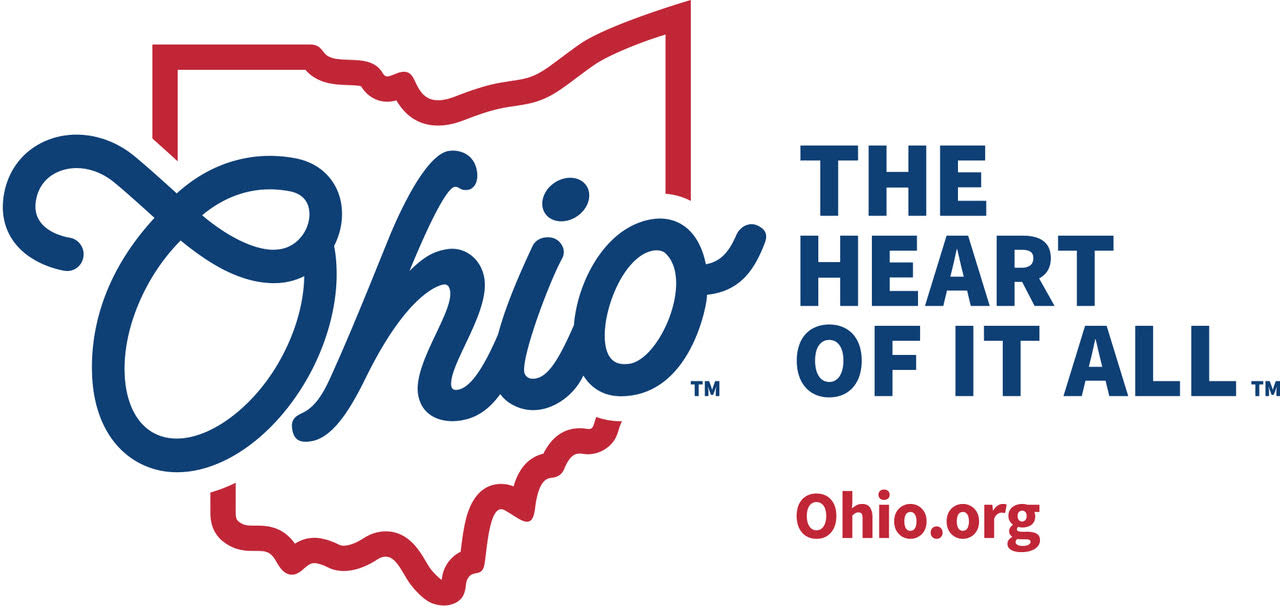Current Exhibits
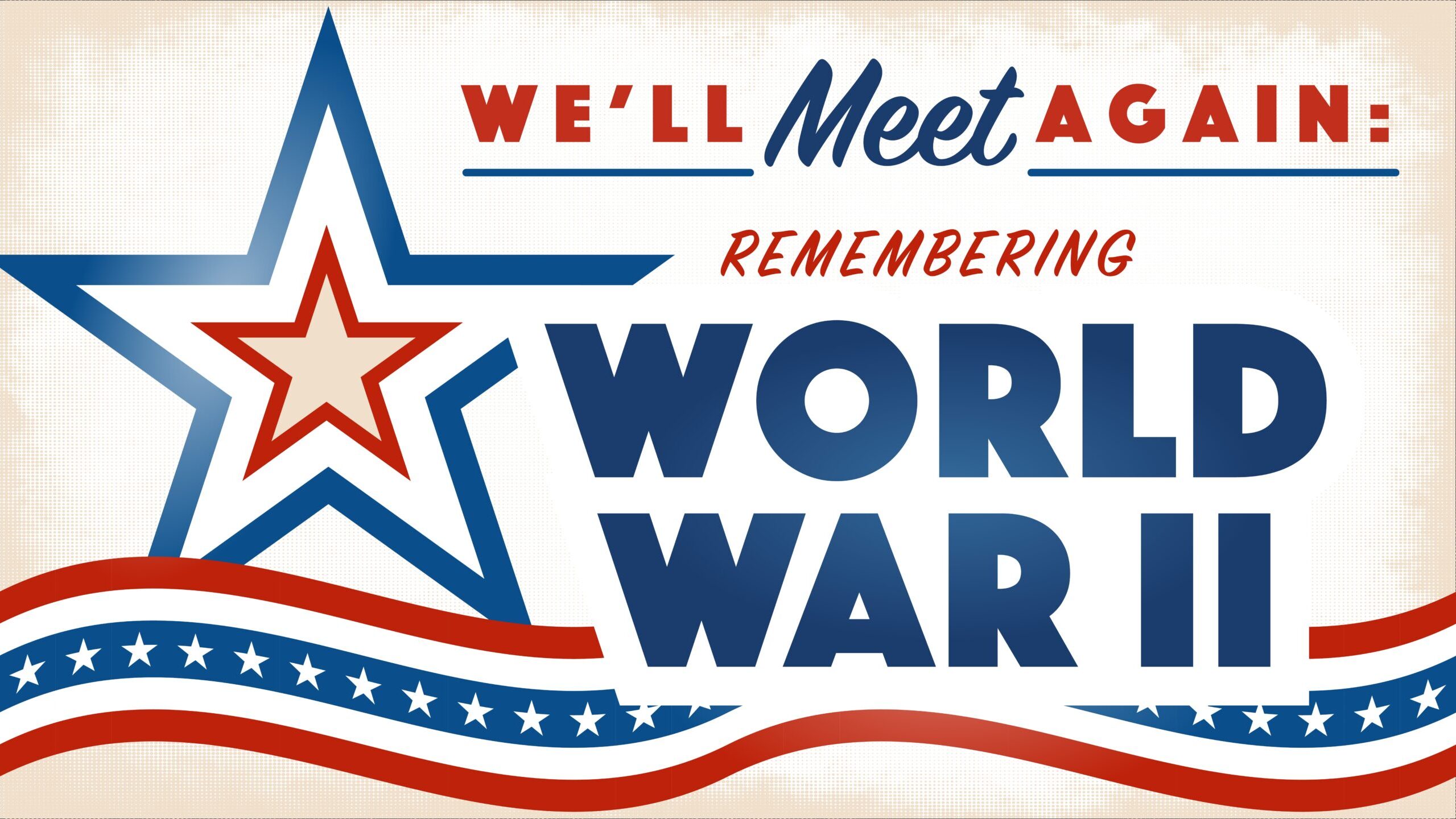
WE’LL MEET AGAIN: REMEMBERING WORLD WAR II
OPENING APRIL 24, 2025
“We’ll Meet Again: Remembering World War II”, challenges the romantic notion of war through the exhibition of objects used by service men and women from Wood County, Ohio coupled with of the era film and first person audio experiences.
This exhibit was made possible by Ohio Humanities, Edwin & Irma Wolf, VFW Post 1148, Bowling Green Manor, Anonymous, Mike & Terri Marsh, Lybarger Grim American Legion Post 441, Phipps, Shevlin, Hebeka Family Dentistry, VFW Post 9963, Freedom Roofing, Windows & Siding LLC, Angels In Arms

FOR COMFORT & CONVENIENCE
Public Charity in Ohio by Way of the Poor Farm
This exhibit features documentary photography coupled with interpretive information about all 88 county poor farms in Ohio, up until the 1930s when public charity transitioned into the modern ideas of social work.
This exhibit was made possible with support from Ohio Arts Council, Ohio Humanities, and the Wood County Historical Society. Photography by Jeffrey Hall.
The “For Comfort & Convenience: Public Charity in Ohio by Way of the Poor Farm” exhibit has won 4 awards.
o 2020 Award of Excellence from American Association for State & Local History
o 2019 Award of Achievement for Best Exhibition from Ohio Museums Association
o 2019 Outstanding Achievement Award from Ohio Local History Alliance
o 2019 Public Education and Awareness Award from the Ohio State Historic Preservation Office.

FOR SERVICE & SUPPORT:
CREATING AN ACCESSIBLE COMMUNITY
Lorem ipsum dolor sit amet, at mei dolore tritani repudiandae. In his nemore temporibus consequuntur, vim ad prima vivendum consetetur. Viderer feugiat at pro, mea aperiam
This exhibit was made possible by Ohio Humanities & Anonymous
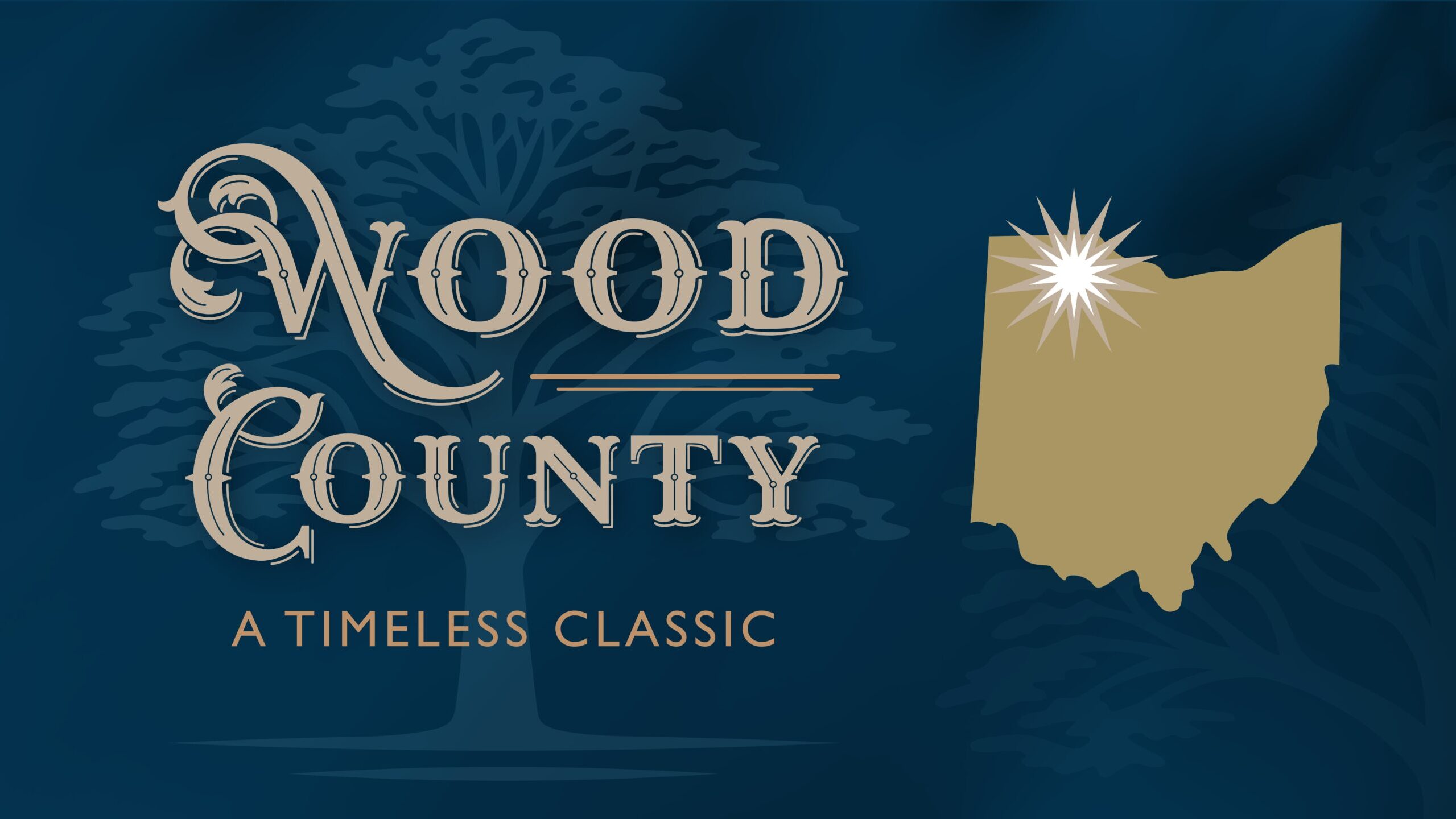
WOOD COUNTY: A TIMELESS CLASSIC
Lorem ipsum dolor sit amet, at mei dolore tritani repudiandae. In his nemore temporibus consequuntur, vim ad prima vivendum consetetur. Viderer feugiat at pro, mea aperiam

THE MARY & CARL BACH STORY
A thorough picture of Mary and Carl Bach’s tragic story including trial transcripts, a conservator’s look at preserving controversial objects, and how we view domestic violence in today’s society.
This exhibit was made possible with support from Anonymous, Mike & Terri Marsh, Alicia’s Voice, The Cocoon, Wood Co. ADAMHS Board & NAMI, Doug & Sandy Kerr, Kelli Kling, Melissa Krieger, Michael Sibbersen, Elizabeth Geer, Michael Penrod, Patricia Limes, Corey & Jodi Speweik, and the Wood County Historical Society.

A CLEAN BILL OF HEALTH: Societal Response to Disease
Located inside the Pestilence House
This exhibit defines global diseases and illustrates social programs such as sanitary reform, urban planning, bath culture, nursing, pharmaceuticals, education, and public health organizations.
The exhibit is located inside the Pestilence House, which provided social distancing and rehabilitation to residents with communicable diseases such as Spanish flu or tuberculosis.
Also on display: An iron lung used as treatment in the early stages of polio.

CHASING THE WHITE RABBIT: An Historical Look at American Mental Illness
Located inside the Lunatic Asylum
This exhibit brings attention to the history of mental illness in America including misconceptions and advancements.
The Lunatic Asylum was built at the Infirmary to house Wood County’s mentally ill.
Wood County Mental Health Resources: ADAMHS Board | NAMI | Behavioral Connections / Harbor Wood County | Zepf Center
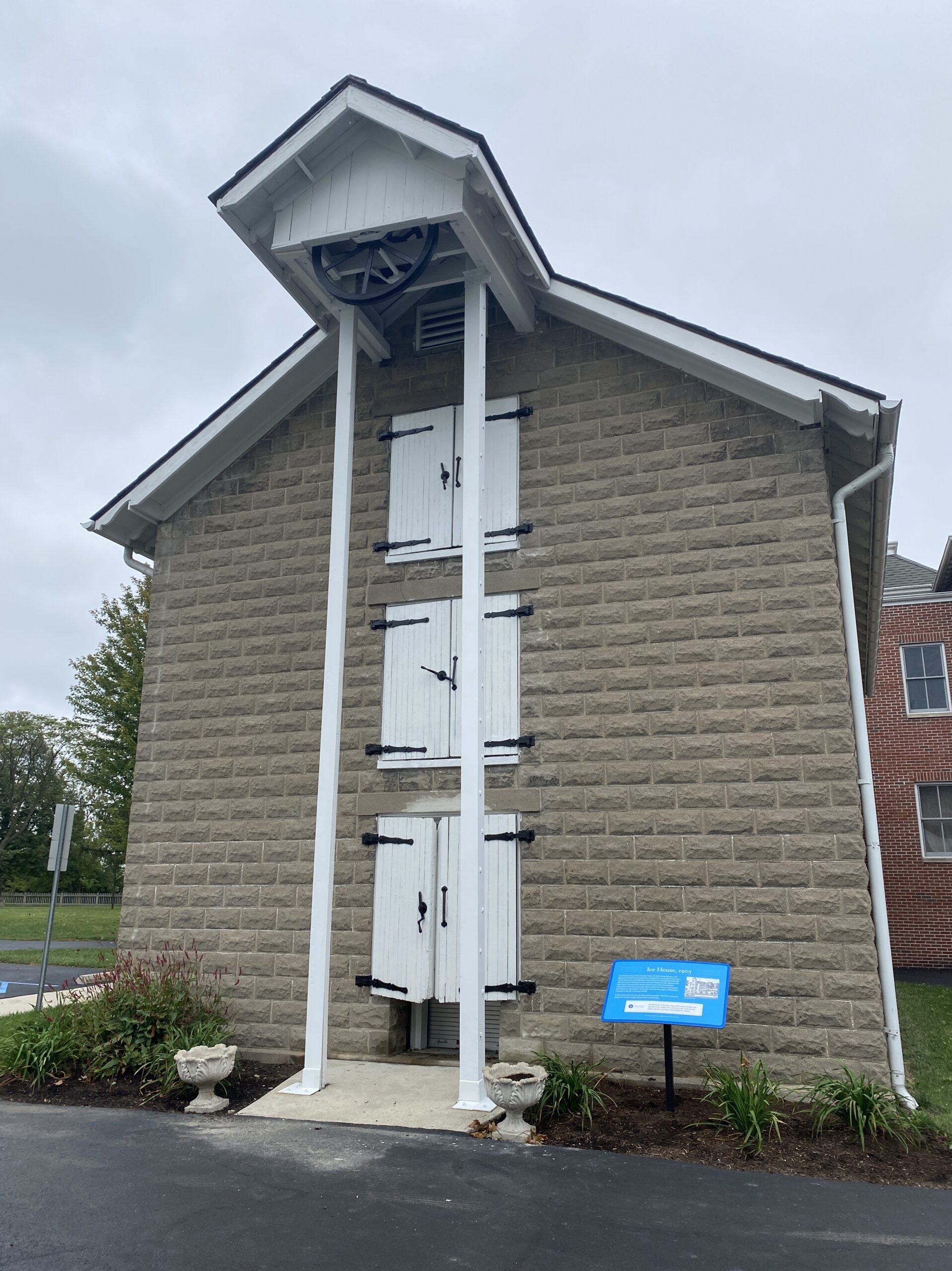
THE ICE HOUSE
Step inside our county’s early form of refrigeration. Built in 1905 with materials from the old county jail, this building now keeps cool a display about its history. Before the days of electric refrigeration, the Ice House served as a receptacle for ice blocks harvested from the site’s ponds to preserve meat and canned goods used to feed the Infirmary residents.
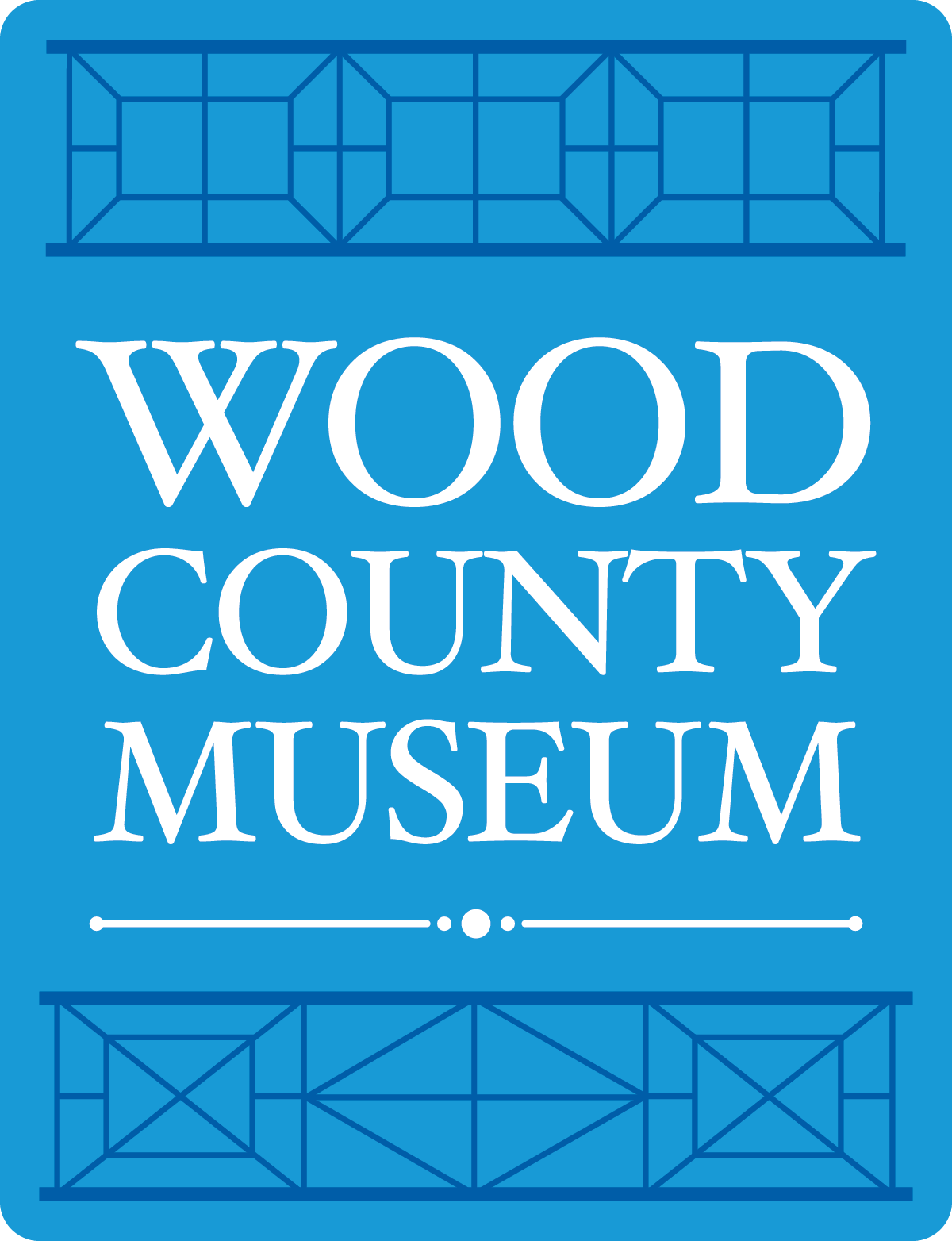
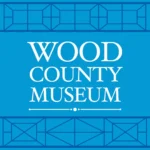
 : Open Mon-Sat, Closed Sunday
: Open Mon-Sat, Closed Sunday : Gift Shop
: Gift Shop : Historic & Beautiful Grounds
: Historic & Beautiful Grounds  : Photographers Welcome
: Photographers Welcome



